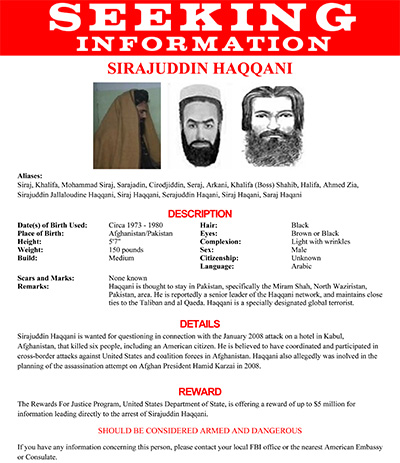Michelle Wiese Bockmann
Posted: 12/1/2012
LONDON -- Pirate attacks on merchant vessels in the Gulf of Aden and the Indian Ocean fell 81 per cent this year as the use of armed security guards on ships acted as a "game-changer," according to the European Union's naval force.
There were 34 attacks by Somali pirates, with five vessels hijacked so far in 2012, compared to a record 176 assaults in the whole of last year that resulted in 25 ships seized for ransom, according to Peter Olive, the EU Naval Force's chief of staff.
Ransom payments to Somali pirates totaled $36 million so far this year, compared with $147 million last year, he said Thursday at a briefing at the EU's naval force headquarters at Northwood, England. As well as more aggressive military operations, the increasing deployment of private guards over the last 18 months on vessels transiting high-risk areas contributed to the declines, Olive said.
"In 2011, the numbers of private armed security teams went up significantly and that has been a big game-changer as well, though not the only factor," Olive said. "If that pressure is taken off it can all start to be unpicked relatively rapidly," he added, referring to industry and military measures to combat piracy.
Naval forces from three missions are deploying as many as 20 ships at a time, patrolling an area larger than Europe, to disrupt pirates who threaten international trade. The cost of piracy last year was estimated at $6.9 billion, including $1.3 billion spent on military operations and $1.16 billion on armed guards and vessel security, according to a report in February by One Earth Future Foundation. About 42,450 vessels transit the region each year, with as many as half using armed guards by the end of 2011, the Broomfield, Colo.-based nonprofit said.
"The fact there is private armed security employed in the region, there's nobody who's happy with that," said Hank Ort, chief of staff for the North Atlantic Treaty Organization's counter-piracy mission. "From a NATO point of view, it's not something we take a position on. Having said that, it does help; ships that get attacked that have security have always been able to get away."
Trade through the region is valued at $1 trillion, according to the EU naval force, known as EU Navfor. About 35 per cent of crude oil shipped by sea and 20 per cent of oil traded worldwide transits through the Strait of Hormuz, which connects the Persian Gulf with the Gulf of Oman, according to the U.S. Energy Information Administration. Twenty per cent of the world's liquefied natural gas from Qatar also passed through the strait, it said.
LONDON -- Pirate attacks on merchant vessels in the Gulf of Aden and the Indian Ocean fell 81 per cent this year as the use of armed security guards on ships acted as a "game-changer," according to the European Union's naval force.
There were 34 attacks by Somali pirates, with five vessels hijacked so far in 2012, compared to a record 176 assaults in the whole of last year that resulted in 25 ships seized for ransom, according to Peter Olive, the EU Naval Force's chief of staff.
Ransom payments to Somali pirates totaled $36 million so far this year, compared with $147 million last year, he said Thursday at a briefing at the EU's naval force headquarters at Northwood, England. As well as more aggressive military operations, the increasing deployment of private guards over the last 18 months on vessels transiting high-risk areas contributed to the declines, Olive said.
"In 2011, the numbers of private armed security teams went up significantly and that has been a big game-changer as well, though not the only factor," Olive said. "If that pressure is taken off it can all start to be unpicked relatively rapidly," he added, referring to industry and military measures to combat piracy.
Naval forces from three missions are deploying as many as 20 ships at a time, patrolling an area larger than Europe, to disrupt pirates who threaten international trade. The cost of piracy last year was estimated at $6.9 billion, including $1.3 billion spent on military operations and $1.16 billion on armed guards and vessel security, according to a report in February by One Earth Future Foundation. About 42,450 vessels transit the region each year, with as many as half using armed guards by the end of 2011, the Broomfield, Colo.-based nonprofit said.
"The fact there is private armed security employed in the region, there's nobody who's happy with that," said Hank Ort, chief of staff for the North Atlantic Treaty Organization's counter-piracy mission. "From a NATO point of view, it's not something we take a position on. Having said that, it does help; ships that get attacked that have security have always been able to get away."
Trade through the region is valued at $1 trillion, according to the EU naval force, known as EU Navfor. About 35 per cent of crude oil shipped by sea and 20 per cent of oil traded worldwide transits through the Strait of Hormuz, which connects the Persian Gulf with the Gulf of Oman, according to the U.S. Energy Information Administration. Twenty per cent of the world's liquefied natural gas from Qatar also passed through the strait, it said.








